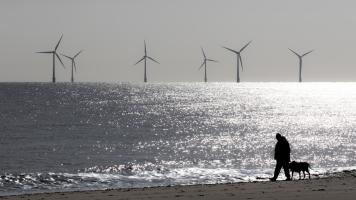Tim Graham

Business Analyst
Climateworks Centre
Tim Graham joined Climateworks with an immediate focus on the SEAFOAM project. His work in this capacity concentrated on shipping and offshore energy sectors, geospatial analysis and production of maps, and the development of methodology for quantification of offshore emissions mitigation in Indonesia. More recently, he moved to the Research Analysis and Modelling team, where he delivers research, analysis, scenario development and modeling, including an AusTIMES core scenarios update. He is also authoring a report on core scenario modeling methodology and assumptions. He holds a Master of Engineering degree from Newcastle University, United Kingdom.
